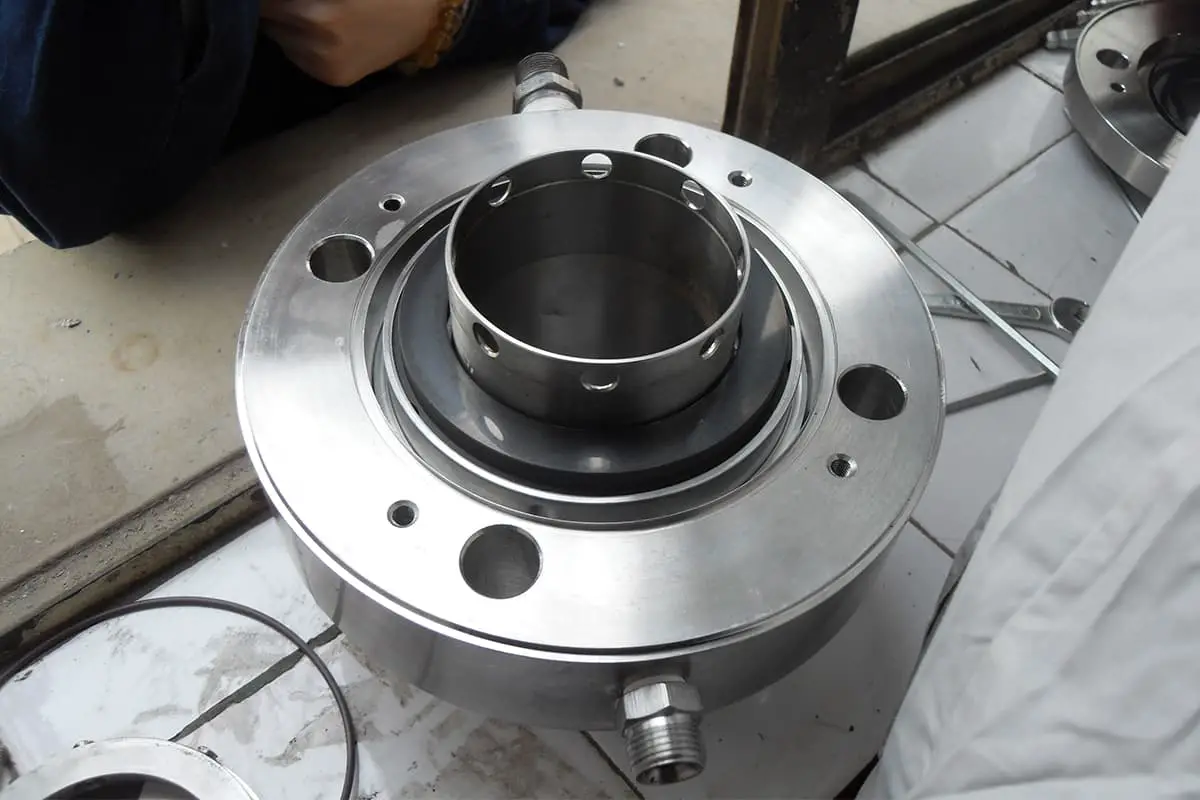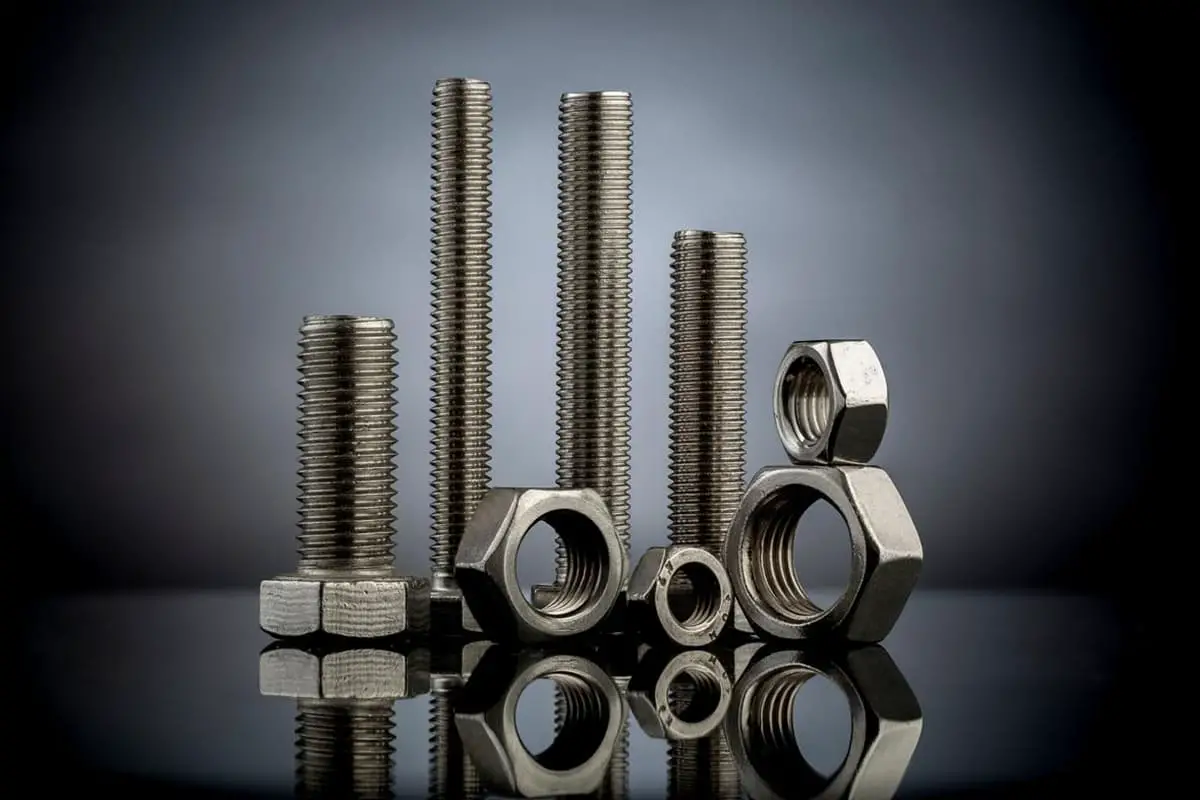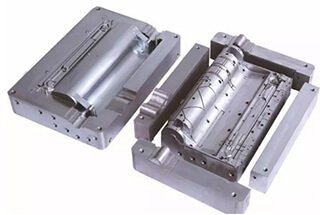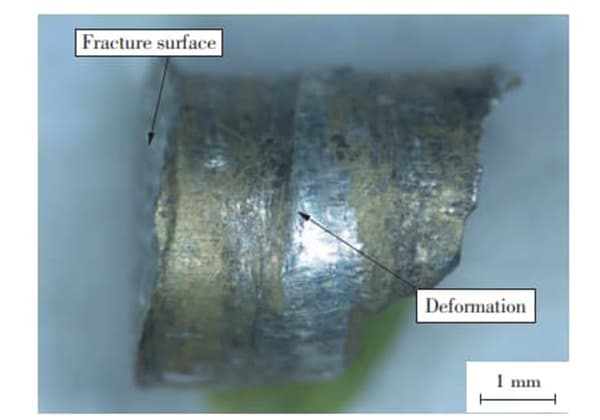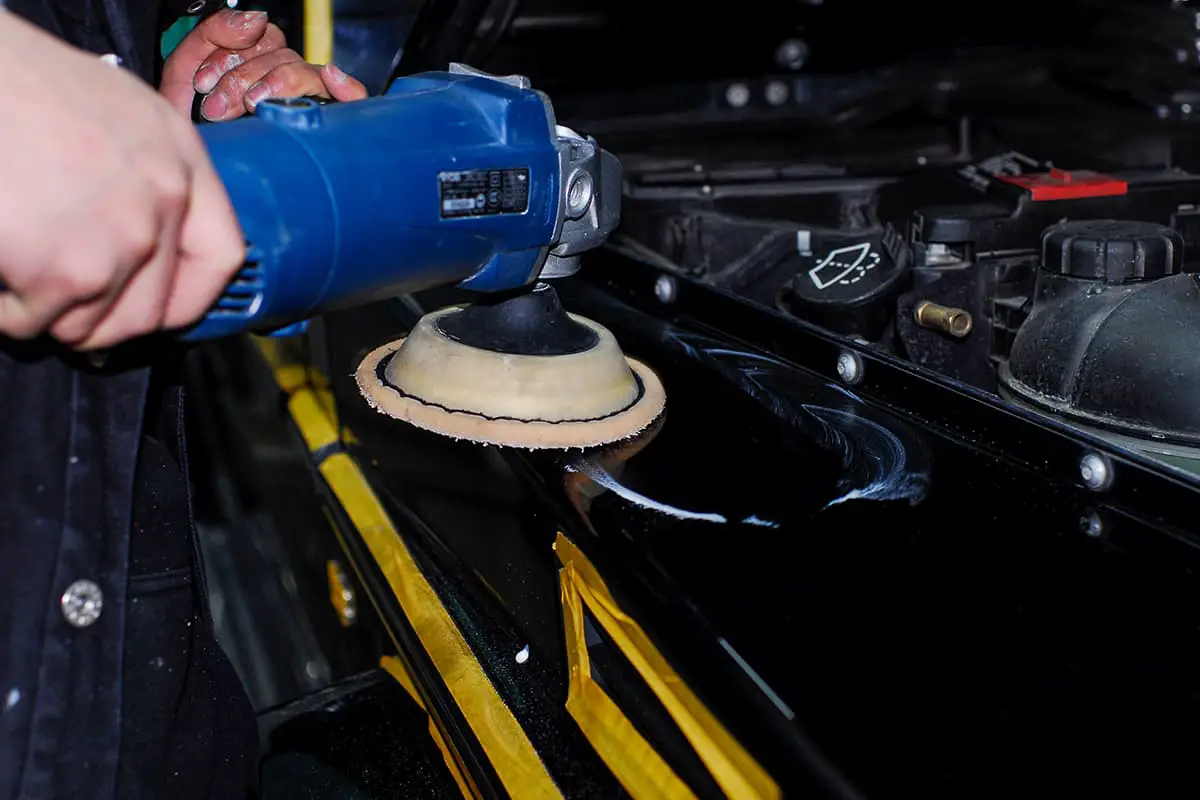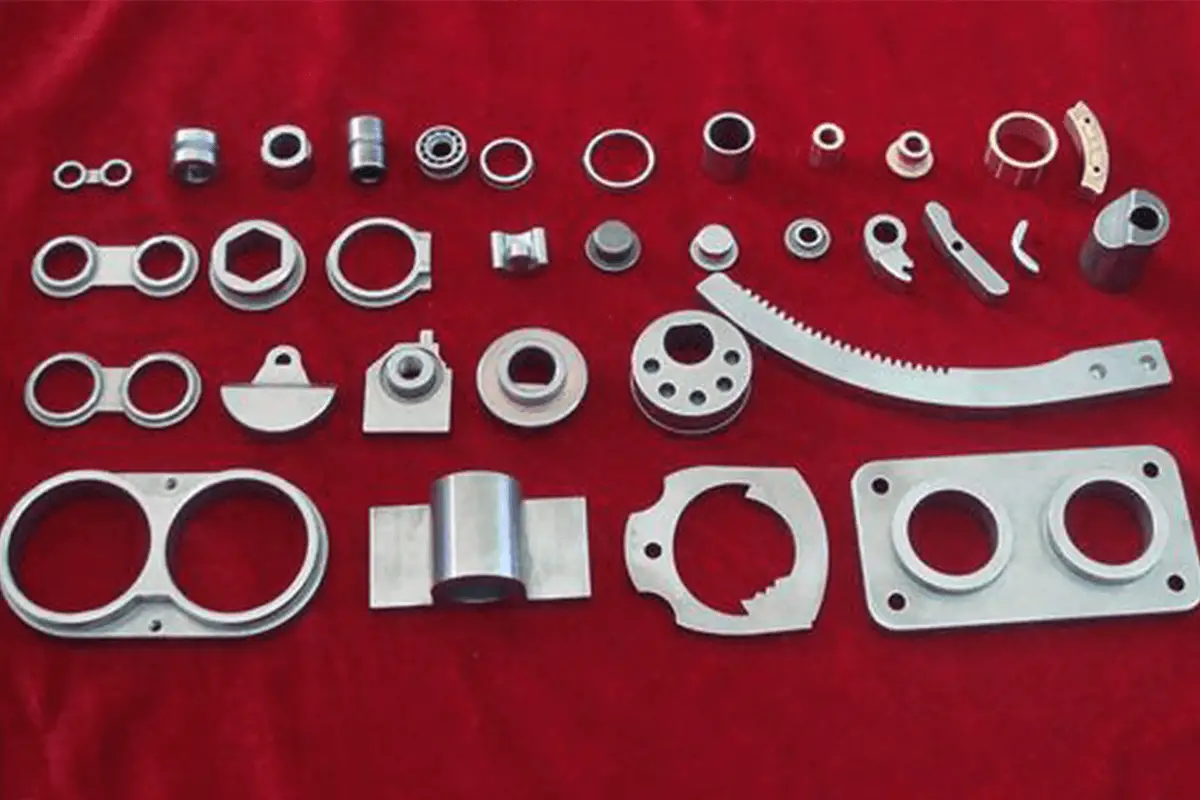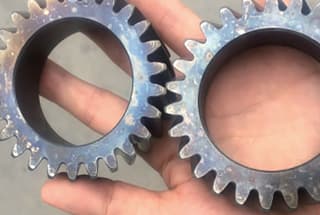
Have you ever wondered why your quenched parts lack the expected hardness? This common issue in heat treatment processes can severely impact the performance of your components. This article dives into the key factors leading to hardness deficiencies during quenching, exploring raw material selection, heating processes, and cooling methods. By the end, you’ll gain practical insights on identifying and resolving these issues, ensuring your quenched parts achieve optimal hardness and reliability.
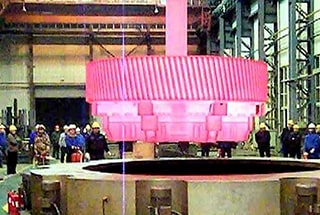
In the production process, it is not uncommon for there to be insufficient hardness after quenching, which is a common defect in heat treatment and quenching.
There are two manifestations of this defect: a low hardness throughout the workpiece and insufficient or soft spots in localized areas.
When insufficient hardness occurs, it is necessary to perform a hardness test or metallographic analysis to determine the cause, and then investigate potential contributing factors such as the raw materials, heating process, cooling medium, cooling method, and tempering temperature in order to find a solution.
It is important to choose the appropriate material for parts to avoid insufficient hardness or soft spots. Medium carbon steel or high carbon steel should be used instead of low carbon steel, and alloy tool steel should be used instead of ordinary high carbon steel.
In example 1, using #45 steel instead of #25 steel for the gear results in a quenching hardness of 60HRC compared to 380hbs hardness.
In example 2, using 9mn2v for the mold instead of T8 steel is recommended as the quenching process for 9mn2v was mistakenly followed with oil cooling, leading to a hardness of only 50HRC.
Both cases illustrate the overall insufficient hardness that can be detected through a hardness test or metallographic test.
To avoid these issues, it is recommended to:
The presence of carbide segregation or aggregation, such as ferrite aggregation, graphite, or a severe Widmanstatten structure in the microstructure can result in hardness deficiencies or soft spots.
To address this issue, it is recommended to homogenize the microstructure through repeated forging or preheat treatment such as normalizing or homogenizing annealing before quenching.
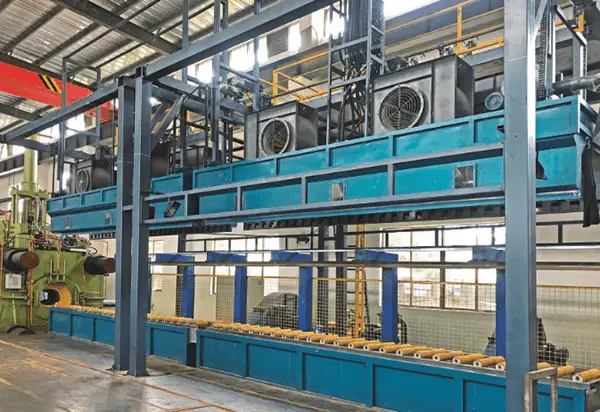
The hardness of hypoeutectoid steel can be affected when the heating temperature falls between AC3 and AC1, as the ferrite does not fully dissolve into austenite, leading to a mixture of ferrite and martensite instead of uniform martensite after quenching. This can be seen through metallographic analysis.
Similarly, insufficient heating or holding time can prevent pearlite from transforming into austenite in high carbon steel, especially high alloy steel, affecting the hardness of the workpiece.
In production, these issues can often occur due to deviations in temperature readings or uneven furnace temperature, as well as incorrect estimates of material thickness.
To avoid these issues, it is recommended to:
For tool steel such as T8, at a quenching temperature of 780e, austenite and carbide (Fe3C) are formed. The amount of carbon dissolved in austenite is slightly above 0.77%. Upon cooling, austenite transforms into martensite.
However, if the heating temperature is too high or the holding time is too long, a large amount of carbon in carbide will dissolve into austenite, increasing its stability and causing austenite to transform into martensite as the temperature begins to drop. This leads to a large amount of retained austenite being present in the workpiece after quenching, resulting in a microstructure of m + AC.
Retained austenite has austenitic properties and low hardness, causing a decrease in hardness after quenching. The content of retained austenite can be influenced by both the heating temperature and tempering temperature.
To avoid this issue, it is recommended to:
After quenching, the surface of #45 steel is found to have ferrite and low carbon martensite through metallographic analysis. However, after removing the decarburization layer, the hardness meets the requirements.
This issue is often caused by heating in a box furnace without proper protection or poor protection, or heating in a salt bath with poor deoxidation, which results in the reaction of oxygen and carbon atoms in the workpiece to form CO, reducing the carbon content on the surface of the workpiece and causing insufficient surface hardness.
To avoid this issue, it is recommended to:
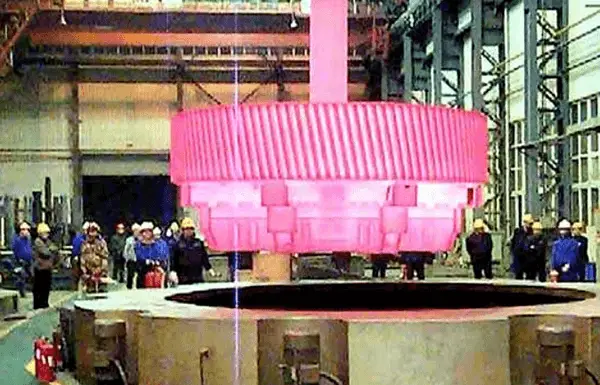
The hardness of workpieces quenched by water or salt bath and cooled with oil is often low due to the insufficient cooling capacity and slow cooling rate, leading to the transformation of austenite to pearlite (AYP) instead of martensite (m), particularly in the core of the workpiece.
For example, the hardness of a T10 hand hammer quenched in oil is only around 45HRC, as seen through metallographic analysis, which shows the presence of troostite instead of martensite.
To address this issue, it is important to select the appropriate cooling medium based on the material, shape, and size of the workpiece.
When continuously quenching a large number of parts through water quenching, the lack of a circulating cooling system can cause the water temperature to rise and the cooling capacity to drop, leading to hardening failure.
When using oil cooling, the low temperature and poor fluidity of the oil at the beginning of the process can result in insufficient cooling capacity and hardening failure.
To avoid these issues, it is recommended to:
An excess of impurities in the alkali (salt) bath or insufficient water can result in the occurrence of soft spots during quenching.
To prevent this issue, it is important to regularly change the quenching medium and properly control the water content in the alkali (salt) bath.
When making switch parts with complex or large cross sections from carbon steel, water quenching and oil cooling are used to prevent deformation and cracking. However, due to the high temperature of the part and especially the slow cooling rate of the core, uniform and complete martensite cannot be obtained.
To address this issue, it is recommended to:
In conclusion, the phenomenon of insufficient quenching often occurs, and the operator should determine the reasons and find solutions based on specific analysis and different situations.



